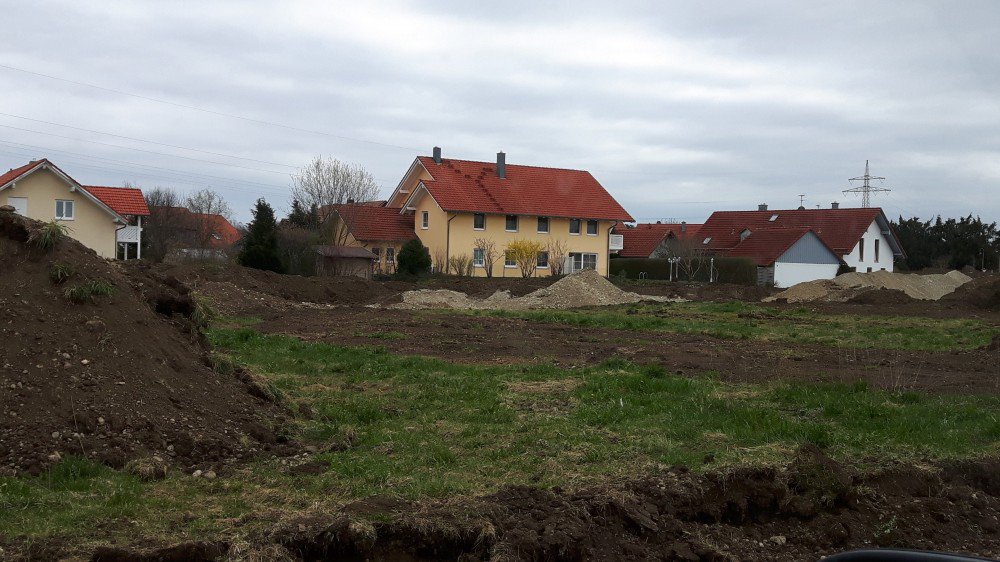Typical questions from our builders about the building permit process include whether there is a less extensive process than the traditional one where the building application is submitted. In addition, many are interested in whether you need a building permit for a tree house or a conservatory and when you can expect a construction stop. In this article you will find all the answers to your questions.
the essentials in brief
Generally, all construction projects for single-family or multi-family dwellings must go through a permitting process.
Even if builders do not need a building permit for their project, documents for the planned construction must be submitted to the relevant building authority.
In the case of construction projects without a building permit, the building owners are responsible for ensuring that everything proceeds in accordance with the regulations.
Simplified building permit procedure
Compared to the approximately three-month waiting period for the building permit in the case of an ordinary building application, the waiting period in the simplified permit procedure is reduced to one month. The documents to be submitted are the same as for the building application. The reason for this is that the building inspectorate only checks the submitted documents to a limited extent. As a result, however, builders must assume significantly more responsibility for ensuring that building code requirements are met. Particularly important areas of the construction project, such as fire protection and statics, must still be checked by commissioned experts. In general, it should be noted that neighbors can file a lawsuit against the building authority only for violations that were also reviewed by the authority in the simplified building permit procedure. However, if neighbors raise objections to the permissibility of the planned project while the approval procedure is still underway, relevant regulations could also be examined by the building inspectorate, which are not normally subject to examination in the simplified approval procedure.
When is there a threat of a construction stop?
It is also important that the building owner or the executing planner or architect is responsible at all times for ensuring that all regulations are complied with. For example, if builders violate neighboring rights and do not comply with distance regulations, this can result in a construction stop by the building inspectorate.
The simplified approval procedure is applied if the planned object is located outside the area of a development plan, does not comply with the specifications of the development plan or the development of the construction site is not secured.
If the property is located in the area of a development plan and complies with all building code standards, a permit exemption can usually be applied for. By the way, the full building permit procedure is not usually used for single-family houses. This is especially necessary for the construction of special buildings (for example, high-rise buildings, schools, hospitals, restaurants or stores).
Permit exemption
To avoid a full building permit process, a few requirements must be met. First of all, the planned object must be located in the area of a development plan and comply with all the provisions specified therein. A zoning plan lays down rules for a particular area as to what type of buildings (i.e., for example, residential or industrial) may be built there and how the buildings may be built (i.e., for example, how high or with how many stories the buildings may be constructed). In addition, the land must be developed for the planned construction. This means that infrastructure in the sense of sufficient roads, energy supply, drinking water and wastewater facilities must already be in place. It must be foreseeable that the property will be developed at the latest before the move-in, otherwise the project is subject to approval. In addition, the project must not deviate in any way from the building code of the respective state.
If these requirements are met, a permit exemption can generally be applied for. Despite the fact that in this case the builders do not receive a building permit and the documents are not checked by the building inspectorate, the documents to be submitted are identical to those for a building application. Developers may indicate whether the documents should continue to be used by the agency as a building permit application should the permit exemption application be denied.
The contradiction
After the authority receives the documents from the developers, it usually has one month to object to the project. Once this time has elapsed, builders can begin construction without the explicit consent of the authority.
It should not be forgotten that with the permit exemption, the building owners are responsible for ensuring that everything is done in accordance with the rules. The building authority can check at any time whether all regulations are complied with. If this is not the case, the building owners must expect that construction will have to be halted or that the use of the building will be prohibited.
Building without a building permit
A permit process is mandatory for the construction of single-family or multi-family dwellings. Completely without procedure, only small structures such as arbors, log cabins, gazebos or a tree house may be erected. But of course, these must also be stable enough not to be swept away immediately in the next storm. It is the responsibility of the builder to ensure that all regulations are observed when building his own garden shed.
For example, if neighbors complain to the building authorities, they may face fines or even demolition.




